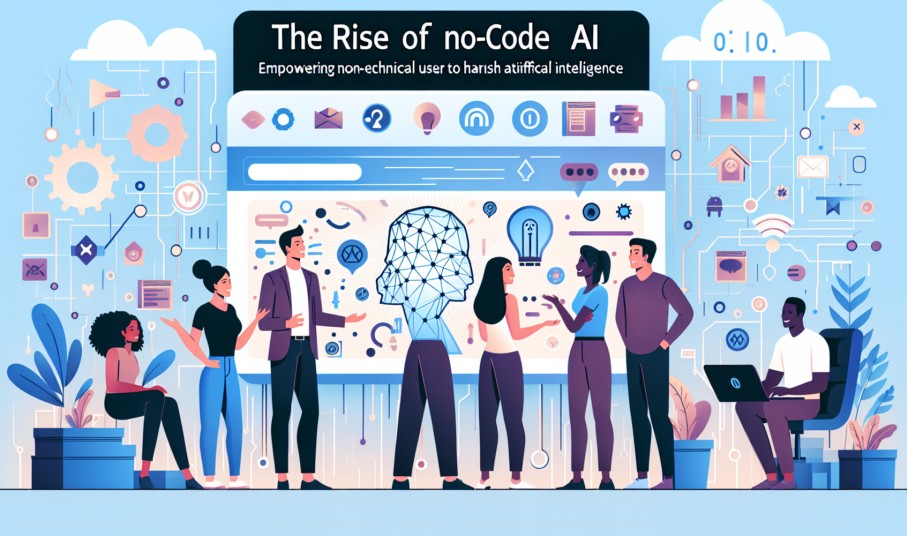The Rise of No-Code: Democratizing Software Development
How no-code tools are empowering entrepreneurs and speeding up product launches.
1. What is No-Code?
No-code platforms allow users to create software visually using drag-and-drop interfaces. They abstract away the complexity of coding while still enabling functional, scalable applications.
2. Speed of Execution
Founders can move from concept to MVP (minimum viable product) in days rather than months. This drastically reduces time-to-market and validation cycles.
3. Lower Development Costs
Startups can launch without hiring a full engineering team. This levels the playing field for small businesses with limited budgets.
4. Popular No-Code Platforms
- Bubble: Build full-stack web apps
- Webflow: Design and host visually stunning websites
- Airtable: Database + workflow automation
- Zapier/Make: Automate tasks between apps
5. No-Code + AI
Generative AI is supercharging no-code platforms, enabling app builders to generate code snippets, content, and workflows automatically.
6. Limitations
While powerful, no-code tools have scalability and customization limits. Startups should be ready to transition to custom code when they outgrow the platform.
7. The Future
No-code adoption is expected to grow exponentially. Gartner predicts that by 2027, over 65% of app development will be done using low-code/no-code platforms.

Leave a Comment